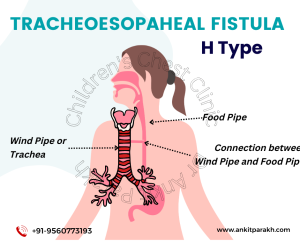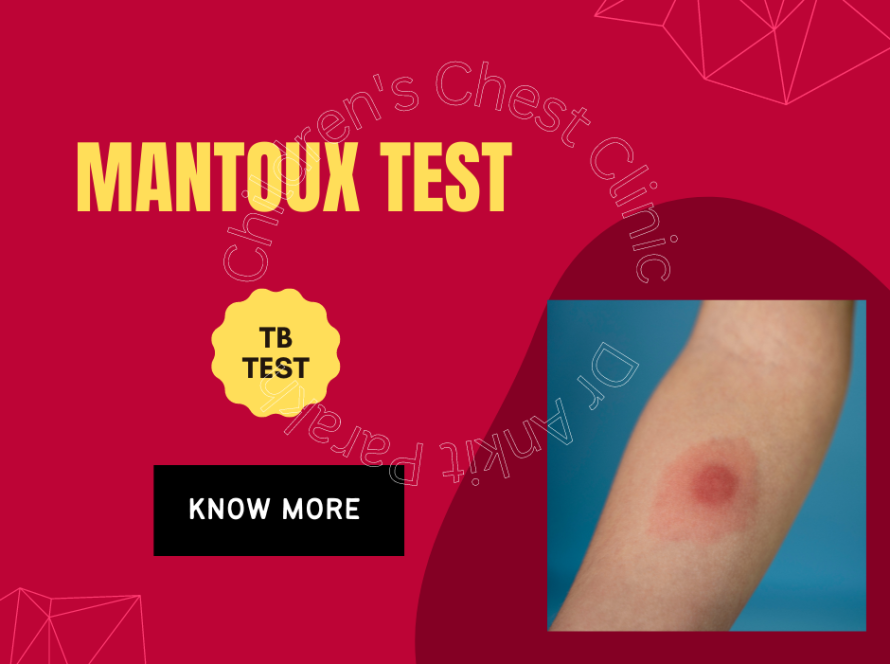H-type tracheoesophageal fistula (TEF) is a rare congenital condition where an abnormal connection (fistula) exists between the trachea (windpipe) and the esophagus (food pipe), resembling the shape of the letter “H”. Unlike other forms of tracheoesophageal anomalies, H-type TEF typically occurs without esophageal atresia, meaning the esophagus is continuous but connected to the trachea at an abnormal site. Early diagnosis and appropriate management are crucial to ensure the well-being of affected children.
What is H-Type Tracheoesophageal Fistula?
In H-type TEF, the fistula creates an abnormal passage that allows food and liquids to enter the trachea from the esophagus, leading to respiratory problems and an increased risk of aspiration (inhalation of food or liquids into the lungs).

Symptoms of H-Type TEF in Children
The symptoms of H-type TEF can vary depending on the size and location of the fistula, but common signs include:
- Chronic Coughing: Persistent coughing, especially during or after feeding.
- Recurrent Respiratory Infections: Frequent pneumonia or bronchitis due to aspiration.
- Choking or Gagging: Difficulty swallowing and choking episodes during feeding.
- Cyanosis: Bluish tint to the skin, lips, or nails due to reduced oxygen levels.
- Failure to Thrive: Poor weight gain and growth due to feeding difficulties and frequent illnesses.
Diagnosis of H-Type TEF
Diagnosing H-type TEF can be challenging due to its subtle and non-specific symptoms. A thorough evaluation by a pediatric specialist is essential. Diagnostic tests may include:
- Contrast Esophagogram: A special X-ray using a contrast agent to highlight the esophagus and identify the presence of a fistula.
- Bronchoscopy: A procedure that uses a flexible tube with a camera to examine the inside of the trachea and bronchi for abnormalities. H-Type TEF can be seen as an opening in the posterior tracheal wall. A dye is instilled into the food pipe and it is seen to come out from the fistula into the trachea.
- Upper Gi Endoscopy or Esophagoscopy: An endoscopic examination of the esophagus to locate the fistula.
Treatment of H-Type TEF
The primary treatment for H-type TEF is surgical repair to close the abnormal connection between the trachea and esophagus. The timing and approach to surgery depend on the child’s overall health and the severity of symptoms. With successful surgical repair, many children with H-type TEF can lead healthy lives
Conclusion
H-type tracheoesophageal fistula is a rare but treatable condition. Early diagnosis, appropriate surgical intervention, and comprehensive post-operative care are essential for ensuring the best possible outcomes for affected children. With the right medical support and family care, children with H-type TEF can thrive and lead healthy lives. Regular follow-up and vigilant monitoring are key to managing long-term complications and supporting overall well-being.






